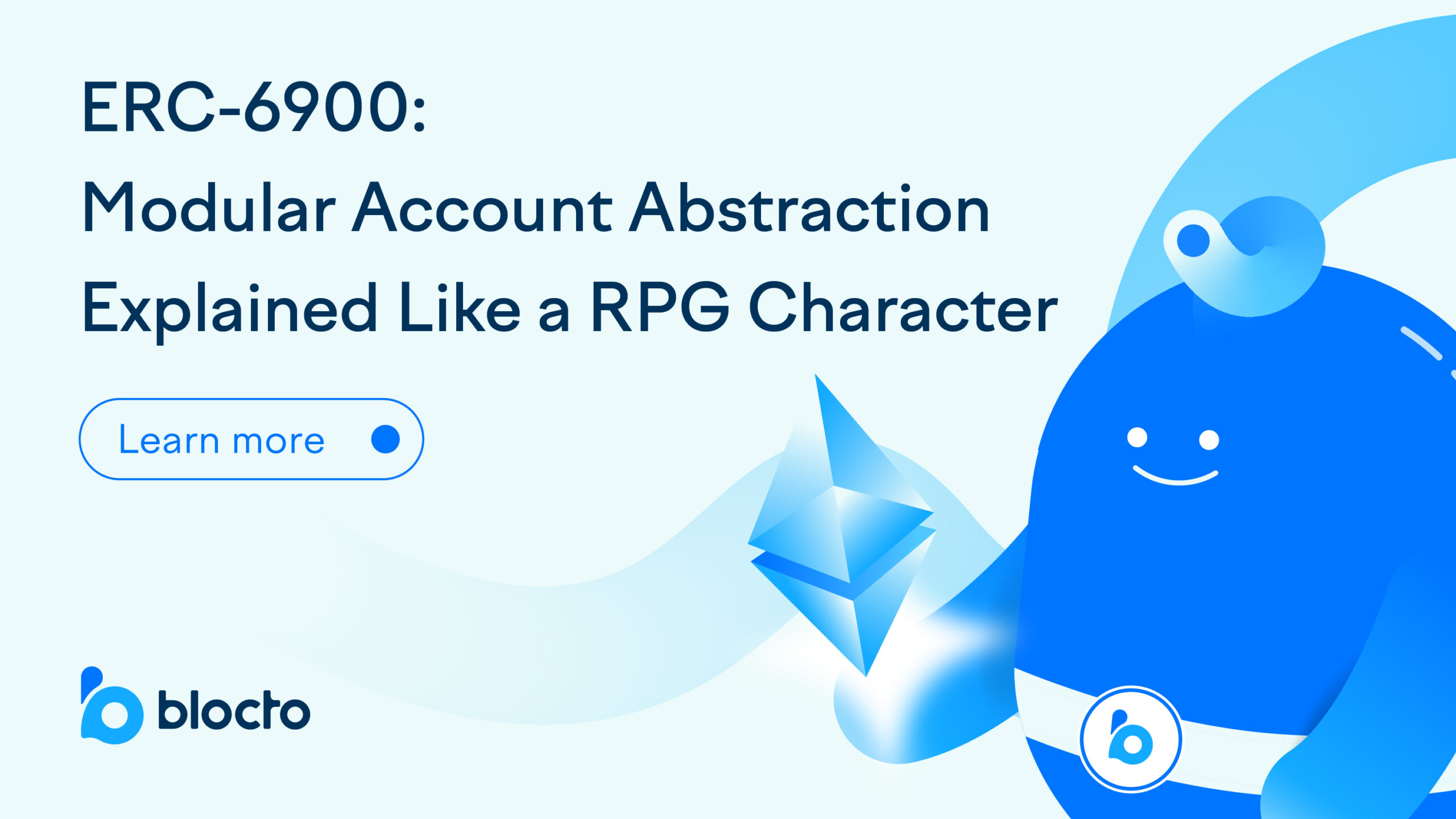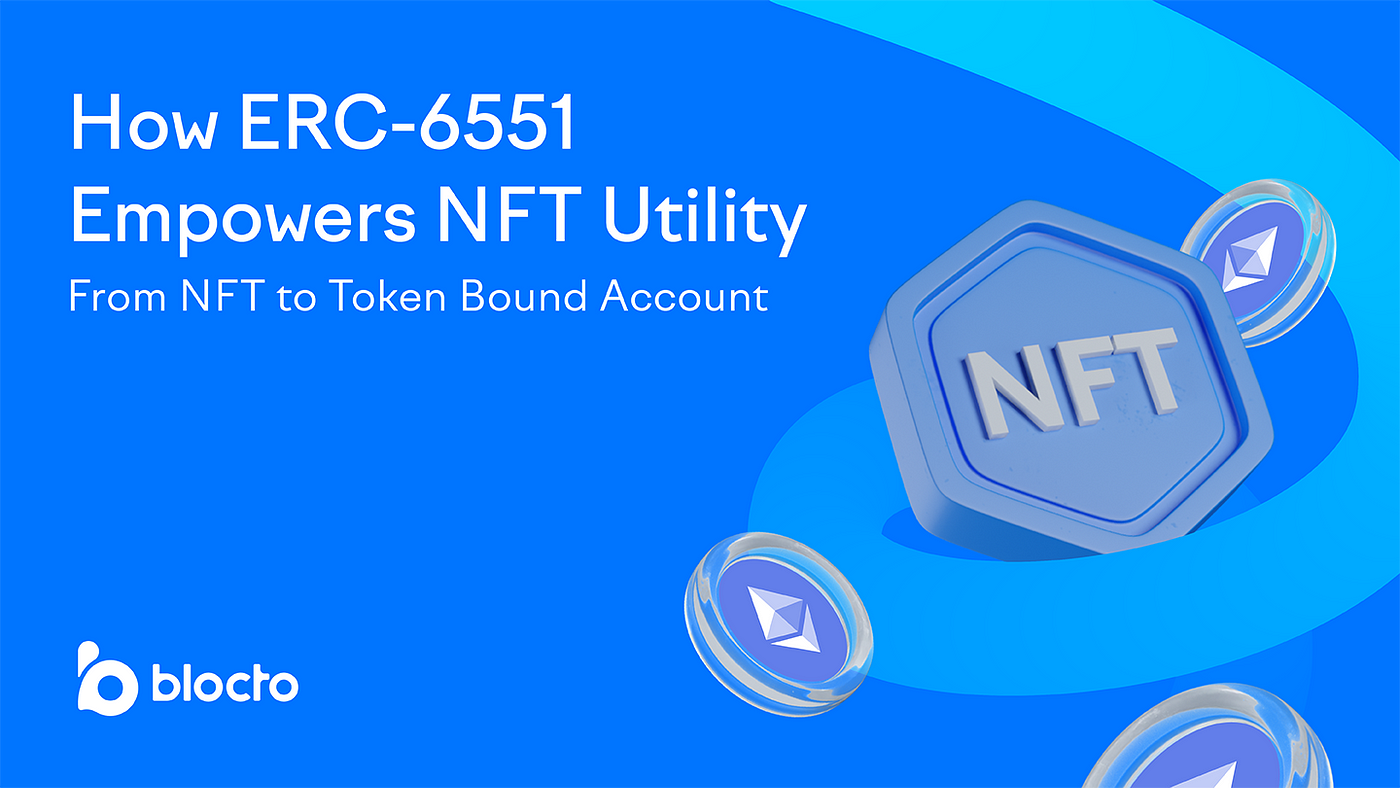
A brief history on Web 3.0 and blockchain. Web 3.0 vs. Web 2.0 discussed.
What is blockchain used for? What is Web 3.0?
In 1991, scientists Stuart Haber and W. Scott Stornetta first outlined a cryptographically secured chain of digital documents in the first paper they published. The immutable timestamp of digital records they proposed later became a major inspiration for the enigmatic developer(s) Satoshi Nakamoto’s “purely peer-to-peer version of electronic cash” known as Bitcoin. Back then, the sole purpose of the Bitcoin blockchain was to record currency. It was not until the rise of Ethereum and Ethereum-based dApps that the mass adoption of blockchain architecture set the bedrock of the next generation’s internet.
Built on the distributed ledger technology (aka the blockchain technology), Web 3.0 allows online data to be spread and synchronized across multiple participants (or nodes) and recorded by various validators. Although most adoptions are in DeFi, distributed ledger architecture is applicable for all sorts of static and dynamic data, which goes beyond the custodianship of traditional databases, bringing forth new relationships between web service providers and internet users.
Web 3.0 vs. Web 2.0
Web 2.0
Driven by technical innovations such as internet access devices and social networks, Web 2.0 brings forth a paradigm shift in how users interact with the internet. Back in the earliest days of the internet, the webpages were bland and without much user interactivity. Focusing on frontend experience, the second generation of the web (the current version of the internet that we are all familiar with) encourages interaction and fosters user-generated content growth.
Web 2.0 applications allow anyone to access a broad audience across social media networks. Within virtual communities, perspectives shared intensify communications and produce more responsive content. Hence, this internet generation is also referred to as the “participative web.” However, despite the extensive peer-to-peer networking that catalyzes a business model of internal integration and quick access to business partners, Web 2.0 raises the concern about personal data leaks. Because web data remains under the centralized control of web service enterprises, users need to forfeit personal information to access online services. Although many sites do not outwardly charge money, the monetization of personal data and browsing history behind the scene jeopardize user benefits. The stealth of building databases upon private information leads to the breach of user privacy. Moreover, every sense of insecurity augments the doubts about online data within the internet environment, making it a place full of distrust.
Web 3.0
Opposed to the Web 2.0 environment that undermines the user’s role, the developers of Web 3.0 propel an evolution of web utilization and interaction. Web 3.0 alters the internet into a database open to every participant rather than controlled by web services. With enhanced back-end experience, Web 3.0 users are free to access all kinds of data on decentralized blockchain networks while using pseudonymous wallet addresses for security purposes. A far cry from Web 2.0 companies that claim ownership of online data, Web 3.0 developers provide an opportunity for you to “own” your data and determine the ways of its sharing, with your ownership recorded on an immutable block.
In addition to improving data collection, Web 3.0 allows users to assert an equal role in the development of web services. Adhering to the spirit of decentralization, Web 3.0 companies team up with users in their DAOs (decentralized autonomous organizations) to optimize decision-making. In a nutshell, the third phase of the internet magnifies the user’s role and diminishes the influence intermediaries have on the internet space. Its aim to change the internet into a transparent database, where archives are accessible to everyone and where entities assume an equal role in peer-to-peer interactions, may bea cure to the toxic web relations formed by its former iteration.
Blocto SDK, a gateway to Web 3.0
Our SDK service is a textbook example of Web 3.0. Dedicated to making blockchain simple for daily users and dApp (decentralized application) developers, we provide SDK support to multiple chains for a smooth user onboarding experience. Once integrated with our SDK, dApps enable users to access Blocto Wallet as a built-in without downloading our App. By optimizing the onboarding experience of dApps across blockchains, we hope to accelerate the growth of Web 3.0, building a healthy internet environment for both blockchain users and developers.
If you hope to learn more about our SDK service or integrate your dApps with Blcoto web or mobile SDKs, please go to our SDK support center and find our SDK development platform on GitHub for more info!
Also, subscribe to our mail, so you don’t miss out on our latest news!

